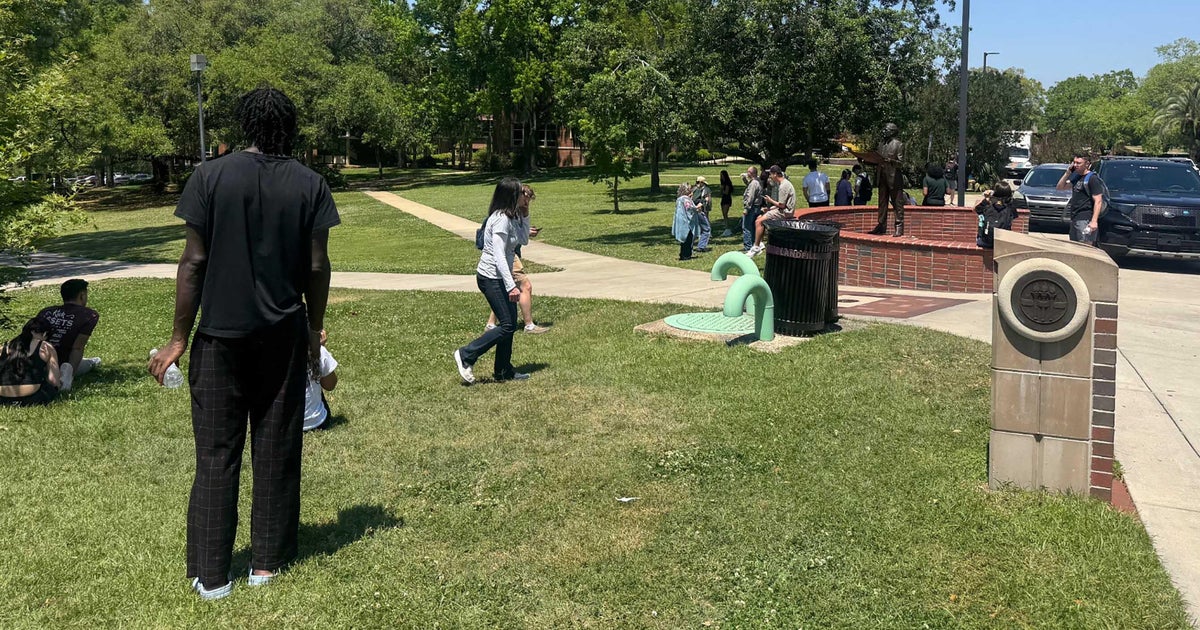Company behind incorrect evacuation alert in Los Angeles says it has added new safeguards
The company behind Los Angeles' emergency alert technology said it has added safeguards to prevent further inaccurate wildfire evacuation alerts from being sent to residents amid deadly, devastating wildfires.
The initial erroneous alert was sent on Thursday. It was meant for people near the Kenneth Fire, but was instead sent to all 10 million residents of Los Angeles County, sparking panic. Some residents received a follow-up message telling them to "disregard" the inaccurate alert.
What county officials call "echoes of the original erroneous alert," telling people to be ready in case they need to evacuate when they weren't in fire zones, were reported later Thursday and on Friday. County officials said they were investigating the issue and are determined to get to the bottom of it.
Genasys, the company that provides the alert technology to the county, said it has "not been able to replicate this error." The company also said it has "added safeguards into the software to ensure it doesn't happen again." The safeguard detects when an alert is being sent without a specific target area, then flags it will go out to the entire county. That way, the person getting ready to send the message is aware it could go beyond the intended area.
It is conducting testing to determine how the original notification was sent far outside the intended geographic area, according to the county.
"Our preliminary assessment is that these recurring erroneous notifications are due to issues with telecommunications systems, likely due to the fires' impacts on cellular towers," county officials said. "We are working actively with FEMA and industry partners to identify and resolve these issues."
How do Genasys emergency alerts work?
When wildfires ignite, it is local emergency managers and law enforcement that send evacuation alerts to a community. Genasys' algorithm draws "alert polygons" that determine who gets the message.
"If you're in the polygon, you're going to get an alert," said Genasys' Lisa Bernard.
To make those polygons, the algorithm considers things like population density, hazard areas and how people can get out. Los Angeles County Office of Emergency Management Director Kevin McGowan said Friday that the alerts are sent automatically, and emphasized that there isn't a person sitting at a desk sending the alerts.
"Having those predefined areas really speeds up that process of defining the area that's being evacuated and then communicating that out to the public," Bernard explained.
Those areas can be extremely targeted. Sometimes, the algorithm can alert one side of the street and not the other because of the conditions. That happened on Wednesday when the Eaton fire approached a polygon in the Pasadena area. That can happen because of natural fire breaks, like if one side of the street is lined with homes backed against a tree-covered hillside, and the other side is concrete parking lots.
Los Angeles officials said Friday that varying factors, including where a phone is registered, may have affected who received the message.
Former FEMA administrator and Genasys board member Craig Fugate said he hopes the technology makes evacuations smoother and ultimately saves lives. A next step will be assessing whether alerts in Los Angeles gave people enough time and information to protect themselves.
Editor's note: This story has been updated as the investigation into any erroneous alerts continues.





